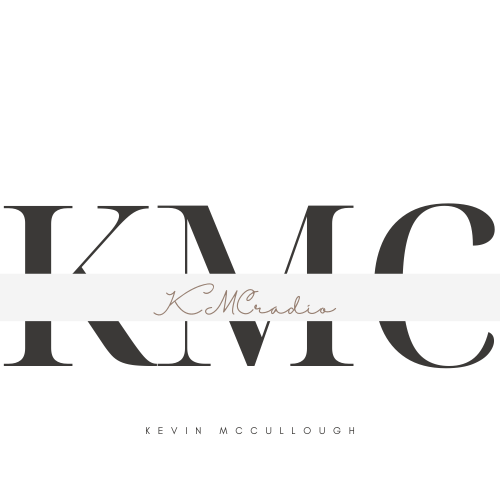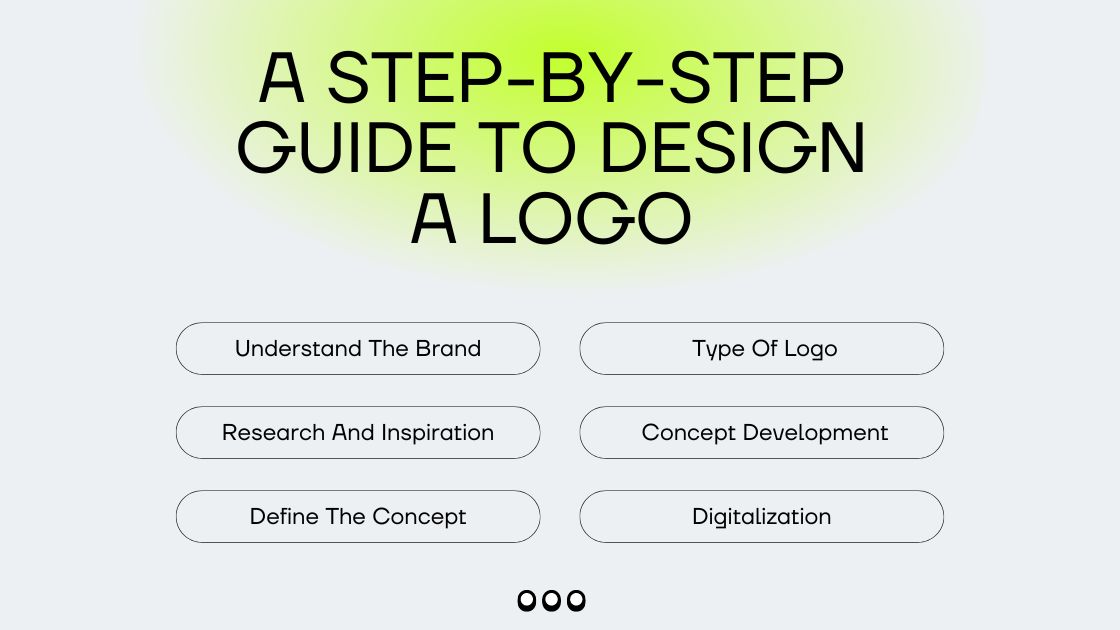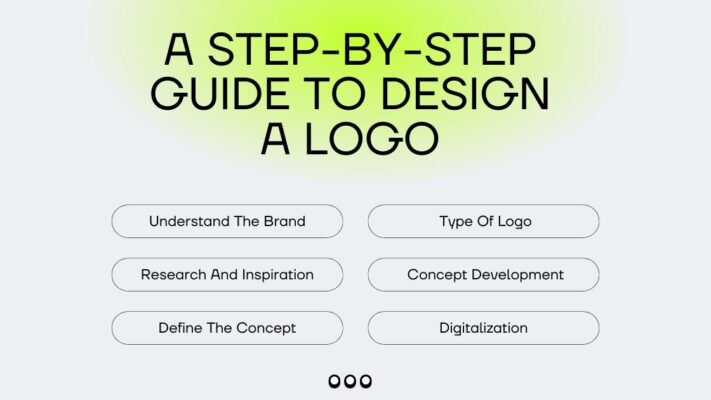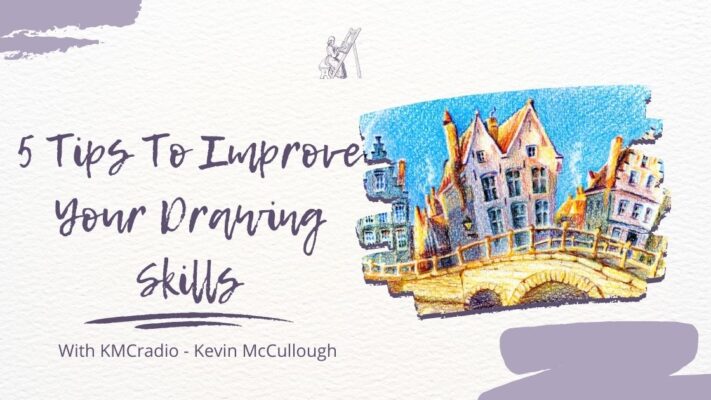In today’s visually-driven world, a logo serves as the cornerstone of a brand’s identity. It’s the visual representation that encapsulates the essence of a company, product, or service. Designing a logo may seem daunting, but with the right approach, anyone can create a compelling and memorable mark. In this guide, we’ll explore the step-by-step process of designing a logo that leaves a lasting impression.
Contents
- 1 Step 1: Understand The Brand
- 2 Step 2: Research And Inspiration
- 3 Step 3: Define The Concept
- 4 Step 4: Choose The Right Type Of Logo
- 5 Step 5: Sketching And Concept Development
- 6 Step 6: Digitalization
- 7 Step 7: Refinement And Iteration
- 8 Step 8: Presentation
- 9 Step 9: Delivery And Implementation
- 10 Step 10: Evolution and Adaptation
- 10.0.0.1 How to Design Your Own T-Shirts: A Creative Guide
- 10.0.0.2 A Step-by-Step Guide To Design A Logo
- 10.0.0.3 5 Fonts For Elegance Wedding Invitations
- 10.0.0.4 6 Best Handwriting Fonts to Add Personal Touch To Your Designs
- 10.0.0.5 5 Tips To Improve Your Drawing Skills
- 10.0.0.6 How To Create An Embroidered Necklace: A Unique Gift Guide
Step 1: Understand The Brand
Before putting pen to paper (or cursor to screen), it’s essential to gain a deep understanding of the brand you’re designing for. What are its values, mission, and personality? Who is the target audience? What sets the brand apart from its competitors? This foundational knowledge will inform every design decision you make.
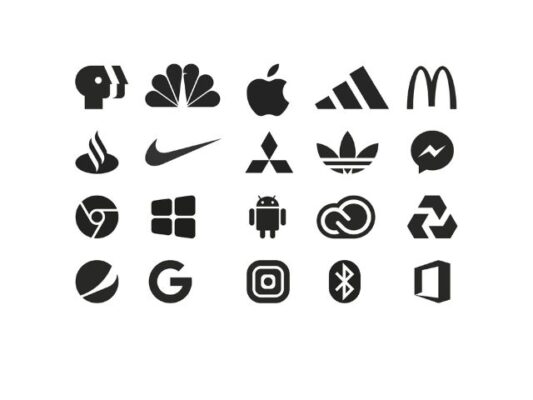
Step 2: Research And Inspiration
Research is key to unlocking creativity. Explore the industry landscape, analyze competitor logos, and gather inspiration from diverse sources such as nature, architecture, art, and typography. Take note of shapes, colors, and styles that resonate with the brand’s identity.
Step 3: Define The Concept
Based on your research and understanding of the brand, brainstorm concepts that align with its identity and objectives. Consider the message the logo should convey and the emotions it should evoke. Sketch out rough ideas to explore different directions and refine your concepts.
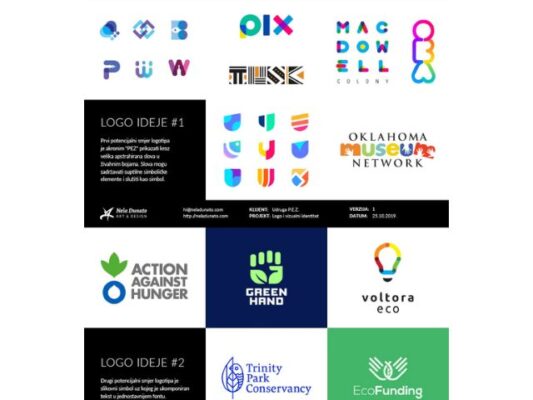
Step 4: Choose The Right Type Of Logo
Logos come in various forms, including wordmarks, lettermarks, symbols/icons, combination marks, and emblems. Select the type of logo that best suits the brand’s personality and objectives. For example, a tech startup might opt for a sleek wordmark, while a heritage brand may prefer a classic emblem.
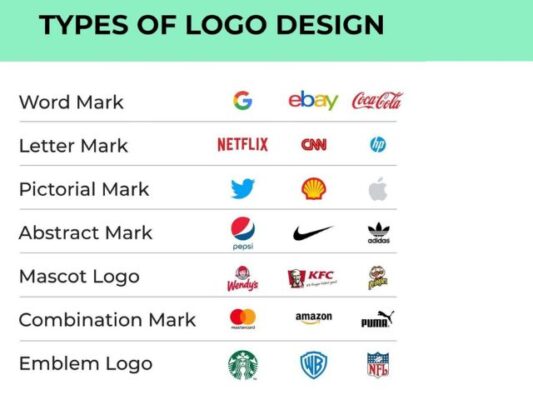
Step 5: Sketching And Concept Development
With a clear concept in mind, start sketching your ideas on paper. Don’t worry about perfection at this stage—focus on exploring different shapes, layouts, and arrangements. Experiment with typography, imagery, and symbols to bring your concept to life.
Step 6: Digitalization
Once you’ve honed in on a few promising concepts, it’s time to bring them into the digital realm. Use design software like Adobe Illustrator or Affinity Designer to create digital versions of your sketches. Pay attention to proportions, alignment, and scalability to ensure your logo looks great at any size.
Step 7: Refinement And Iteration
Refinement is an iterative process. Fine-tune your design by adjusting details, experimenting with different fonts and colors, and seeking feedback from peers or clients. Be open to constructive criticism and willing to iterate on your designs until you achieve the perfect balance of form and function.
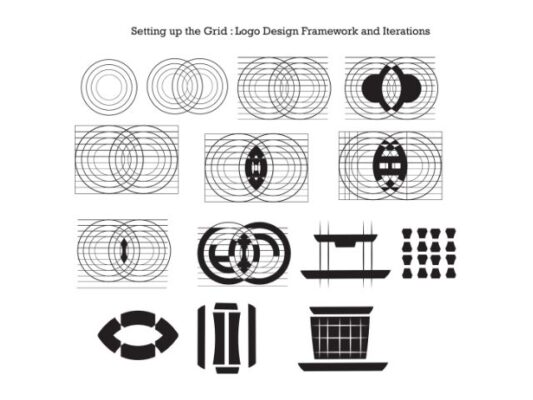
Step 8: Presentation
Present your finalized logo designs in context, showing how they would appear on various applications such as business cards, websites, signage, and merchandise. Provide rationale behind your design choices and explain how each logo effectively communicates the brand’s identity and values.
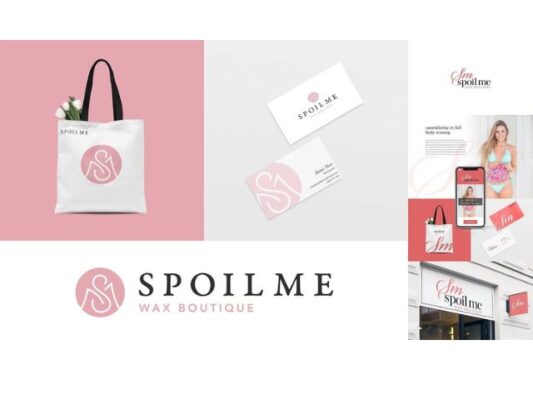
Step 9: Delivery And Implementation
Once the client approves the final logo, prepare deliverables including high-resolution files in different formats (e.g., .ai, .eps, .png) for versatile usage. Provide guidelines on logo usage, including minimum size, clear space, and color variations, to ensure consistent and effective branding across all platforms.
Step 10: Evolution and Adaptation
A logo is not static—it evolves alongside the brand it represents. Stay attuned to market trends, audience feedback, and brand growth, and be prepared to adapt the logo accordingly over time while preserving its core identity.
In conclusion, designing a logo is a creative journey that requires research, strategy, and artistic skill. By following these steps and embracing the creative process, you can craft a logo that captivates audiences, communicates brand values, and stands the test of time.
Related Posts
- These Animation Software Are Your Key To Creating Anime
- Activities To Celebrate A Nation Of Diverse Readers
- 10 Disney Movies Surprisingly Are Not Available In Disney+
